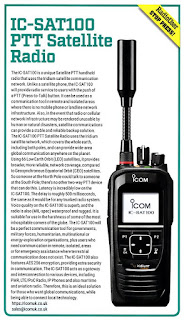
OPERATING WINLINK HF PORTABLE Last Thursday 24 June 2021, I operated WINLINK (HF VARA 4.4.3 aka poor man's PACTOR) and later some FT8 on 20m with my IC-705, a 57cm LOOP and a GPD 6inch pocket PC at St Mary's Island next to it's Lightouse near Whitley Bay NorthEast England. This was a BOTA (Benches On The Air Hi hi hi!!!) operation! Here is a description of my setup: Everything fits in the backpack including the mini laptop, the mini loop, a backup 25Ah battery for the PC, an Elecraft T1 ATU with 9:1 balun and 10 meters cable, 2 spare batteries for the IC-705, a small SPX-100 antenna for the radio and a small 40cm tactical antenna for 2m/70cm bands. So I have 4 antennas in there, just in case! There is enough room for a 4.5 meters fiberglass rod on the side pocket which can be used for supporting the 10m wire and Elecraft T1 ATU, next to the SPX-100 antenna! The mini LOOP ANTENNA is an early ALPHA LOOP which I bought some years ago for $120 including postage to...




